
Around 90 million children aged 5-19 years, live with hearing loss
Globally, school-age children with hearing loss often remain undiagnosed and without access to needed services (World report on hearing, 2021). Hearing loss affects around 90 million children and adolescents aged 5-19 years, across all parts of the world (Global burden of disease study, 2021). However, it commonly remains undetected, especially in low-resource settings.
Common, preventable and treatable causes of hearing loss—such as otitis media with effusion (OME), chronic suppurative otitis media (CSOM), and impacted ear wax—remain widely prevalent in children. At time, hearing loss begins insidiously but progresses and worsens over time.
Left unaddressed, this not only affects a child’s ability to hear but significantly impacts speech, language, cognitive and social development, commonly leading to poorer educational outcomes, reduced employment prospects and long-term economic disadvantages.
This year, WHD highlights the theme "From communities to classrooms: hearing care for all children."
The campaign focuses on two imperatives:
Communities and classrooms are natural entry points to reach children, parents, and teachers. By integrating hearing care into school health and child health programmes, we can help children hear, learn, and succeed.
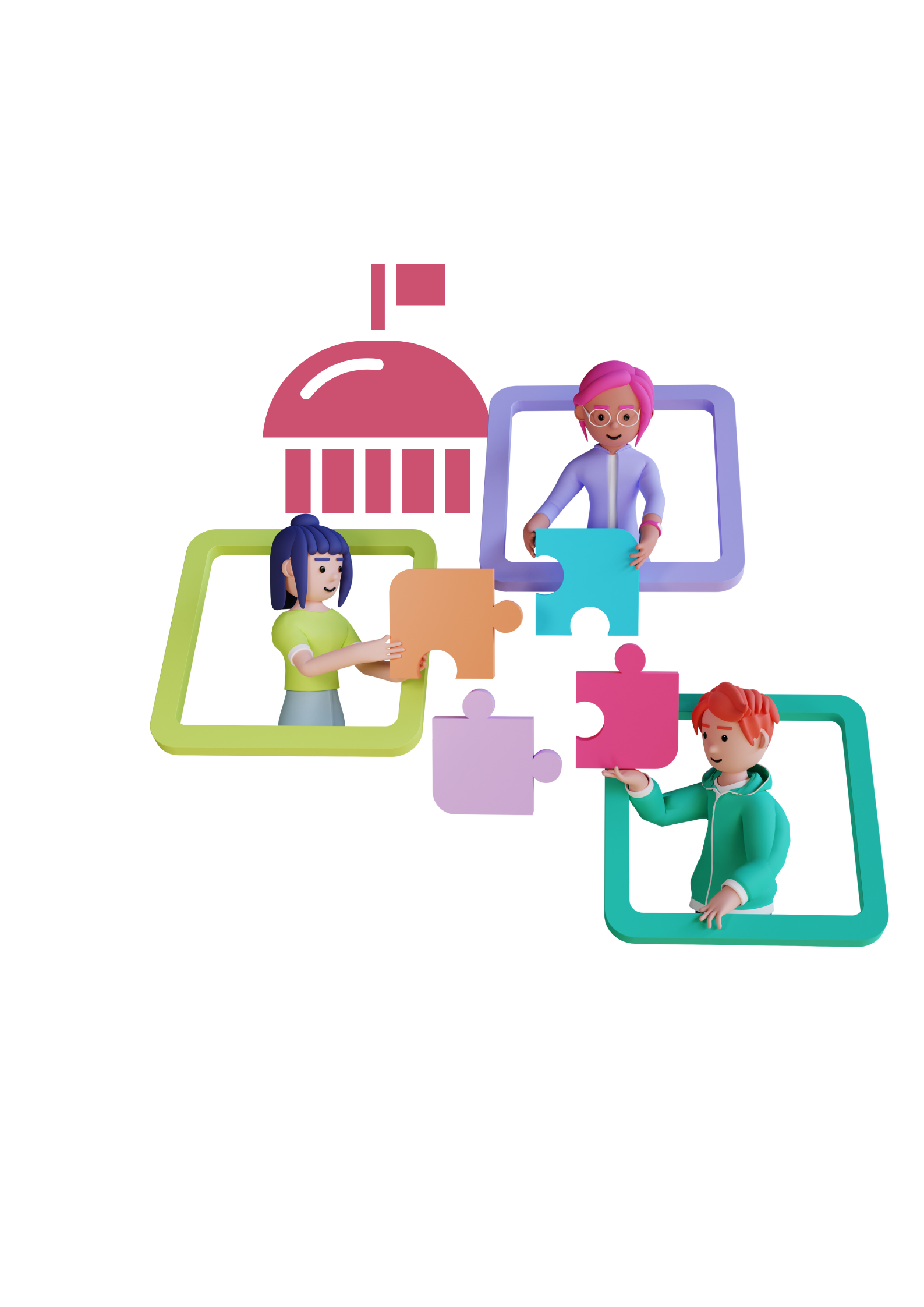
Stakeholders in ear and hearing care must collaborate with those working in areas such as school health, child health, eye care, primary health care, and education.
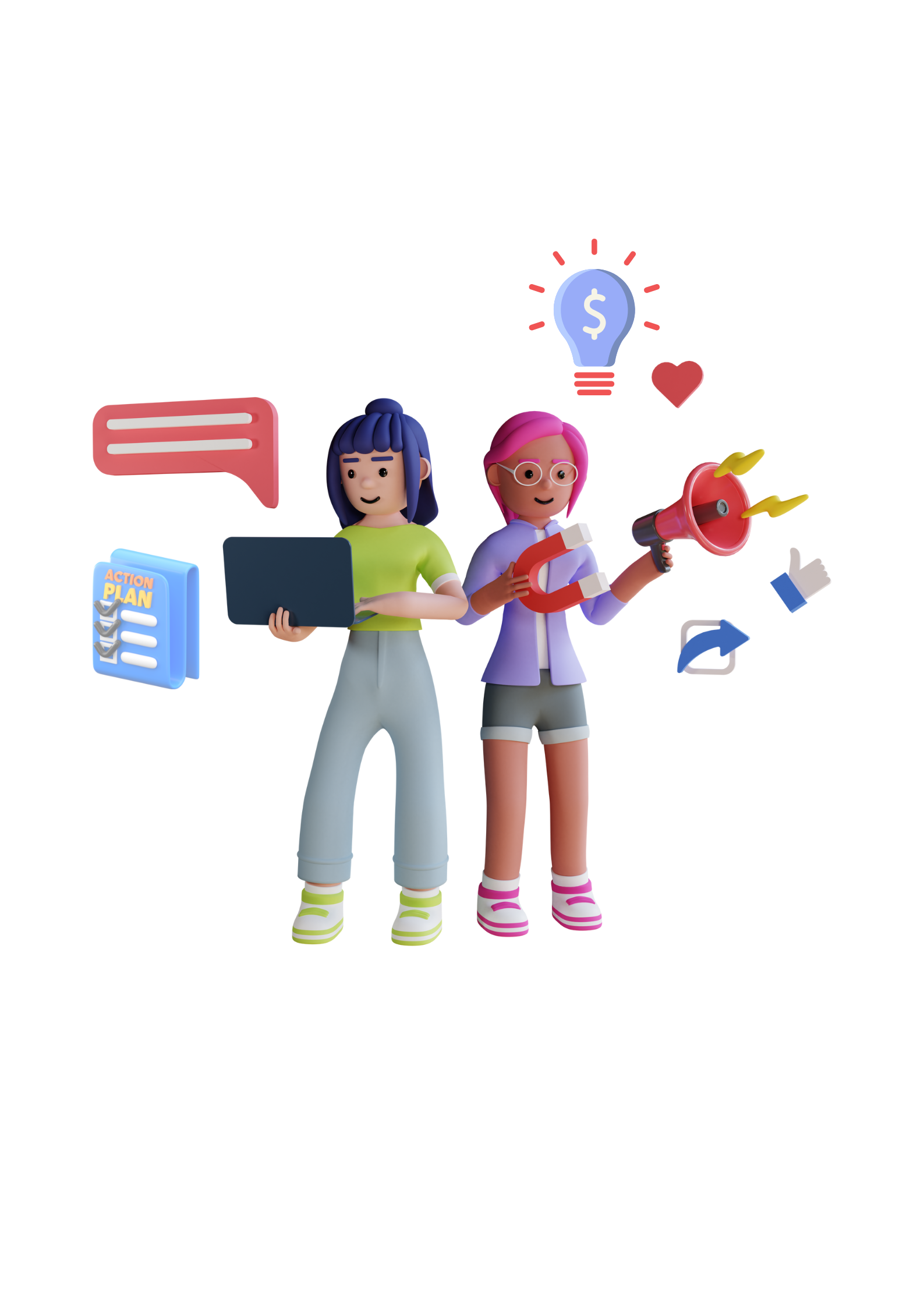
Advocate and support the implementation of WHO technical tools.
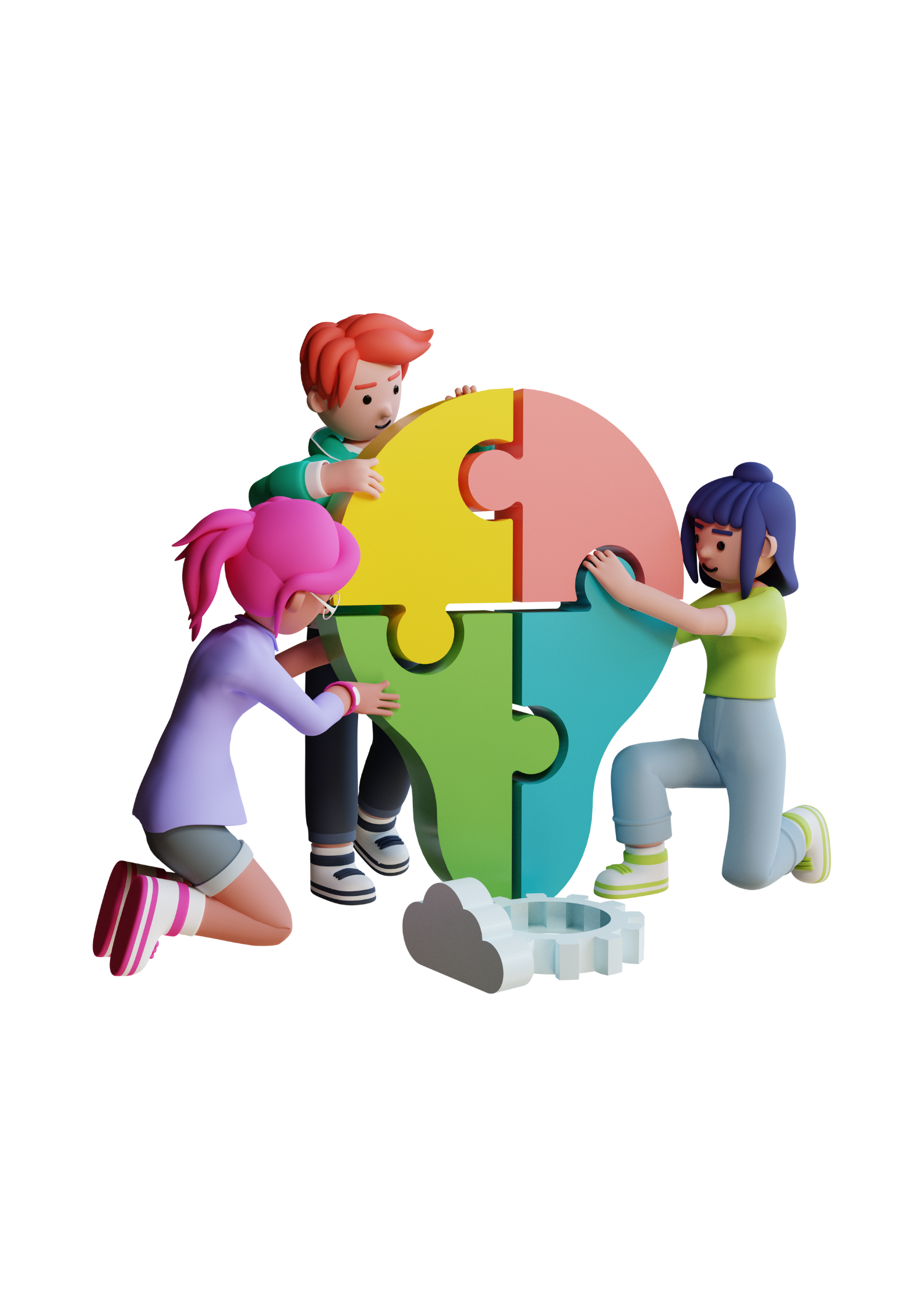
Generate and showcase stories of how ear and hearing care efforts are changing outcomes—from classrooms to communities.
Unaddressed sensory impairments have far-reaching impacts on the lives of thoseaffected and their families. In children, sensory inputs from both vision...
The World report on hearing recommends that WHO Member States take urgent and evidence-based policy action to prevent, identify and rehabilitate hearing...
In many places there is a lack of services and trained workers to prevent and treat ear diseases and help people with hearing loss. People themselves are...
WHOears is a tone-based hearing screening app.
Coming soon!
In many places there is a lack of services and trained workers to prevent and treat ear diseases and help people with hearing loss. People themselves are...
The mSafeListening handbook provides evidence-based message libraries for the promotion of safe listening behaviours and prevention of hearing loss. It...
This document provides a library of messages for use in hearing loss awareness/education/prevention mHealth programmes. These messages have been crafted...
Educational videos on topics related to ear and hearing care for children aged 5-8 years.
Coming soon!
The World Report on Hearing (WRH) has been developed in response to the World Health Assembly resolution (WHA70.13), adopted in 2017 as a means of providing...
Use the tracer indicators as part of health system:
Prevalance of chronic ear disease and unaddressed hearing loss in school aged children: percentage of (primary) school-age children who have chronic otitis media or hearing loss for which they are not receiving rehabilitation. The indicator should be reported in three parts:
1) the percentage of children with chronic otitis media;
2) the percentage of children with unaddressed hearing loss; and
3) the percentage of children with chronic otitis media and/or unaddressed hearing loss.
World Hearing Day 2026 an opportunity for all of us to make a difference. As stakeholders, partners, and advocates, we should collectively cct now so no child is left behind due to ear and hearing problems
Kindly register your World Hearing Day 2026 events to get global visibility.
Your event information will be made available to a wider global audience.
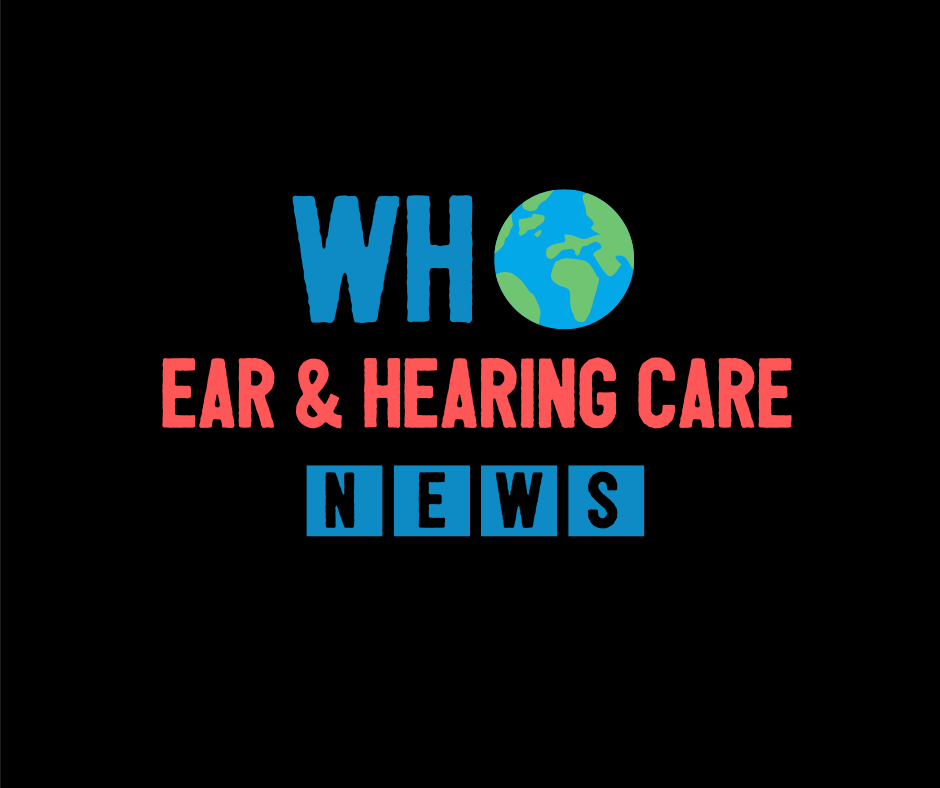
from the WHO Ear and Hearing Care Programme
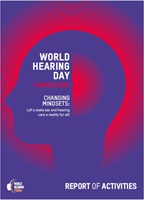
World Hearing Day is an annual global advocacy event for raising awareness regarding hearing loss and promoting ear and hearing care and calling...
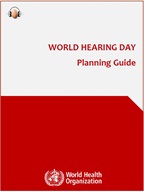
This guide provides a basic and practical framework for any person or organization interested in observing World Hearing Day to raise awareness and promote...

Hearing screening, ear examination and basic ear and hearing care interventions can be provided by trained non-specialist health care providers in clinical...

